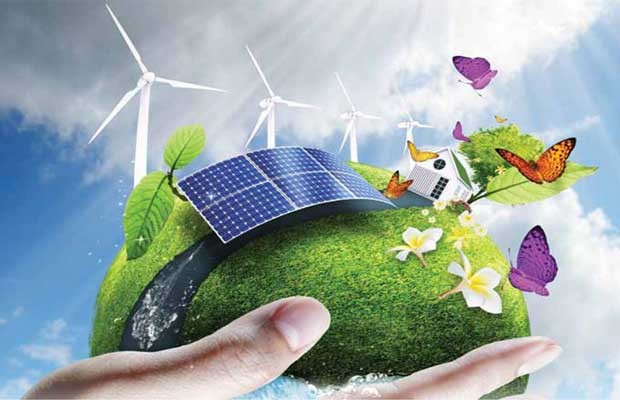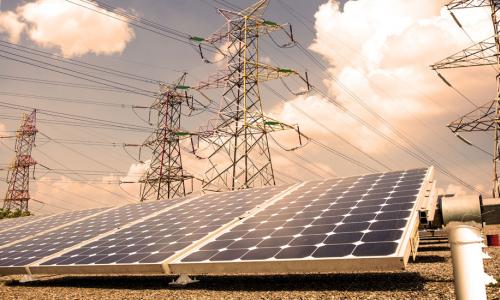
Renewable energy has become a cornerstone of the world’s energy transition, driven by the urgency to combat climate change and achieve sustainability goals. In recent years, the sector has witnessed significant advancements and emerging trends, reshaping the landscape of renewable energy. Here are some notable directions and trends shaping the future of renewable energy worldwide.
Energy Storage Solutions: The integration of energy storage technologies, such as lithium-ion batteries and pumped hydro storage, is revolutionizing the renewable energy sector. These solutions address intermittency issues associated with renewable sources like solar and wind, enabling a more reliable and stable supply of clean energy.
Decentralization and Microgrids: The rise of decentralized energy systems and microgrids is empowering communities to generate, distribute, and manage their energy locally. This trend fosters energy independence, resilience, and enhances access to clean energy in remote areas or during grid outages.
Hybrid Renewable Projects: Hybrid renewable energy projects, combining multiple energy sources like solar, wind, and hydro, are gaining traction. These projects leverage the complementary nature of different renewable resources to maximize efficiency, enhance grid stability, and optimize land use.
Offshore Wind Expansion: Offshore wind energy is emerging as a key player in the renewable energy landscape, offering vast untapped potential for clean electricity generation. Technological advancements and favorable regulatory frameworks are driving the expansion of offshore wind farms, especially in regions with strong coastal winds.

Electrification of Transportation: The electrification of transportation, including electric vehicles (EVs) and charging infrastructure development, is creating synergies between the transportation and renewable energy sectors. EVs serve as mobile energy storage units, facilitating grid balancing and demand-side management.
Green Hydrogen Production: Green hydrogen, produced through electrolysis using renewable energy sources, is gaining momentum as a clean energy carrier for various sectors, including industry, transportation, and heating. Investments in electrolyzer technology and renewable hydrogen infrastructure are accelerating the transition towards a hydrogen economy.
Digitalization and Smart Grids: Digital technologies and smart grid solutions are revolutionizing the way renewable energy is generated, distributed, and consumed. Advanced analytics, IoT devices, and grid optimization algorithms enable real-time monitoring, predictive maintenance, and demand response, enhancing efficiency and resilience of renewable energy systems.
Circular Economy Approach: The adoption of circular economy principles in renewable energy infrastructure promotes resource efficiency, waste reduction, and sustainable lifecycle management. Initiatives such as recycling of solar panels and repurposing decommissioned wind turbines contribute to minimizing environmental impact and maximizing resource utilization.
In conclusion, the global renewable energy sector is witnessing a paradigm shift towards innovation, diversification, and integration across various domains. As technology continues to evolve and economies scale up, these emerging directions and trends are poised to accelerate the transition towards a clean, sustainable energy future.
